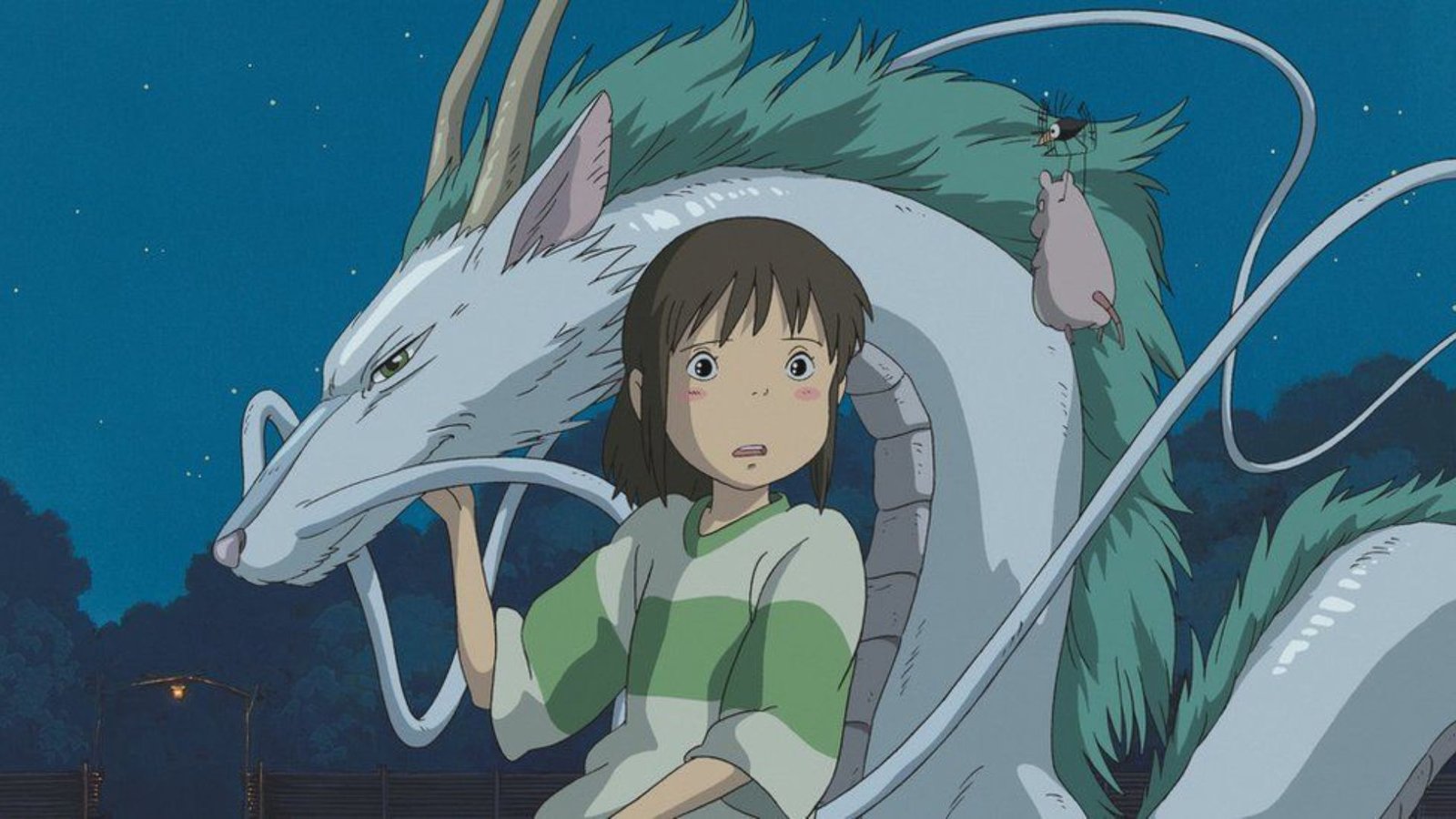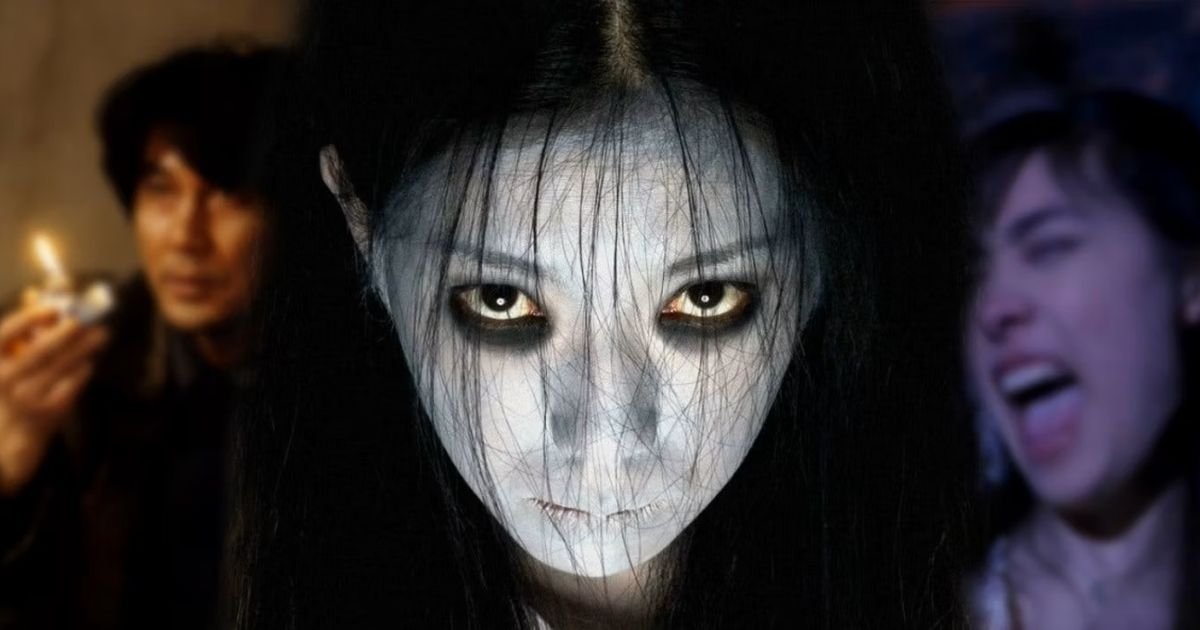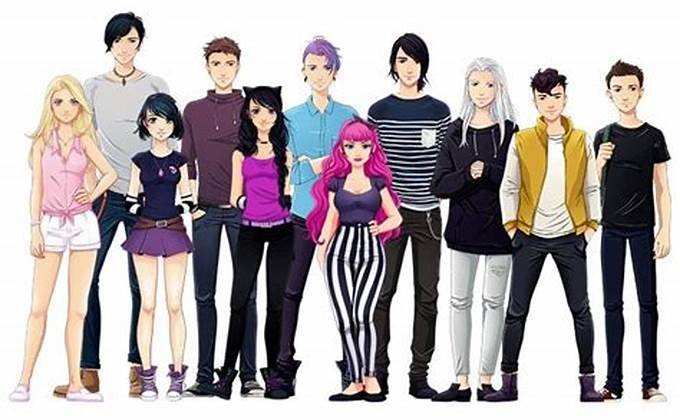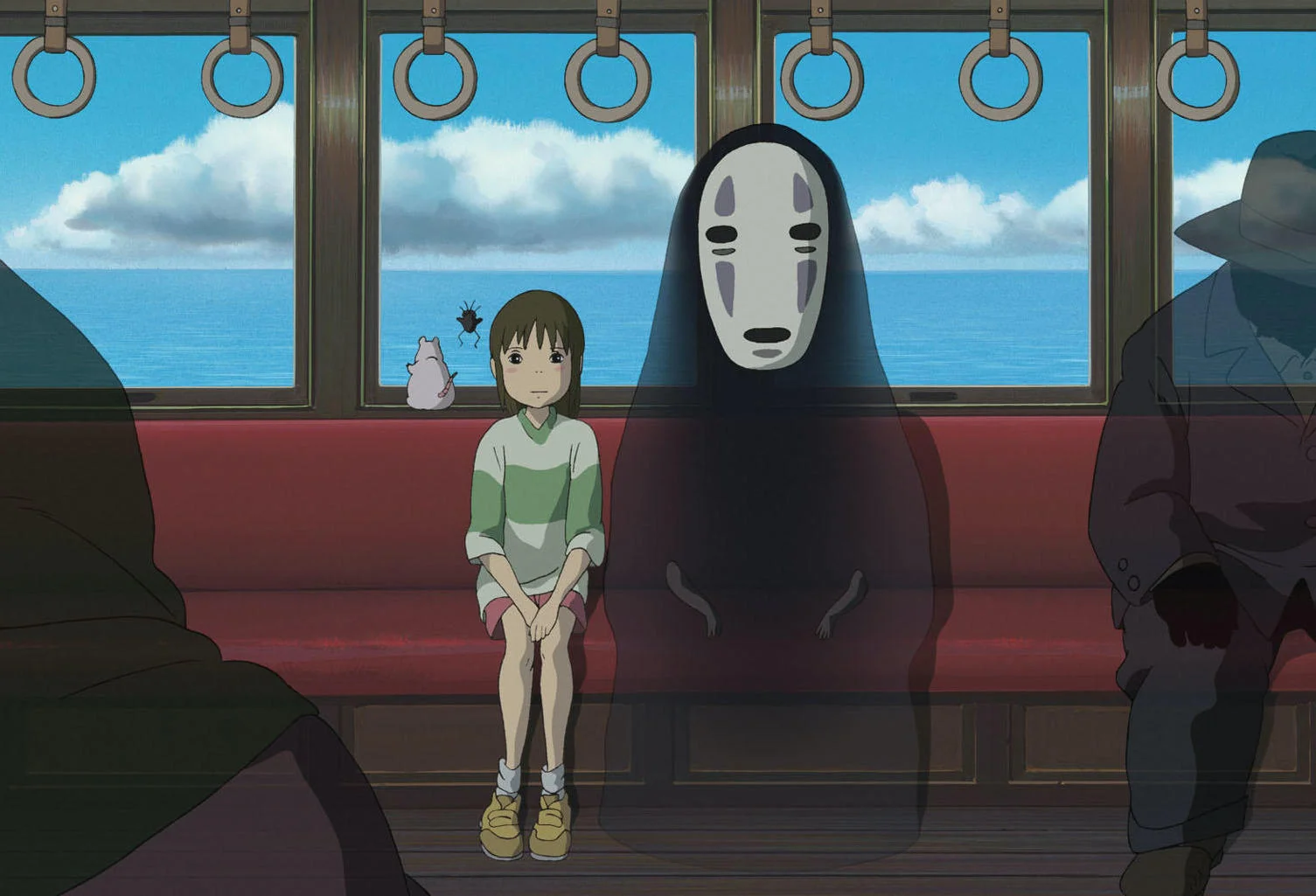Hayao Miyazaki, a renowned Japanese animator and director, has profoundly impacted both the world of animation and global culture through his films. Known for his imaginative storytelling, unique animation style, and deep thematic content, Miyazaki’s work transcends cultural boundaries, offering valuable insights into universal human experiences. Here’s a closer look at the cultural significance of Miyazaki’s films.
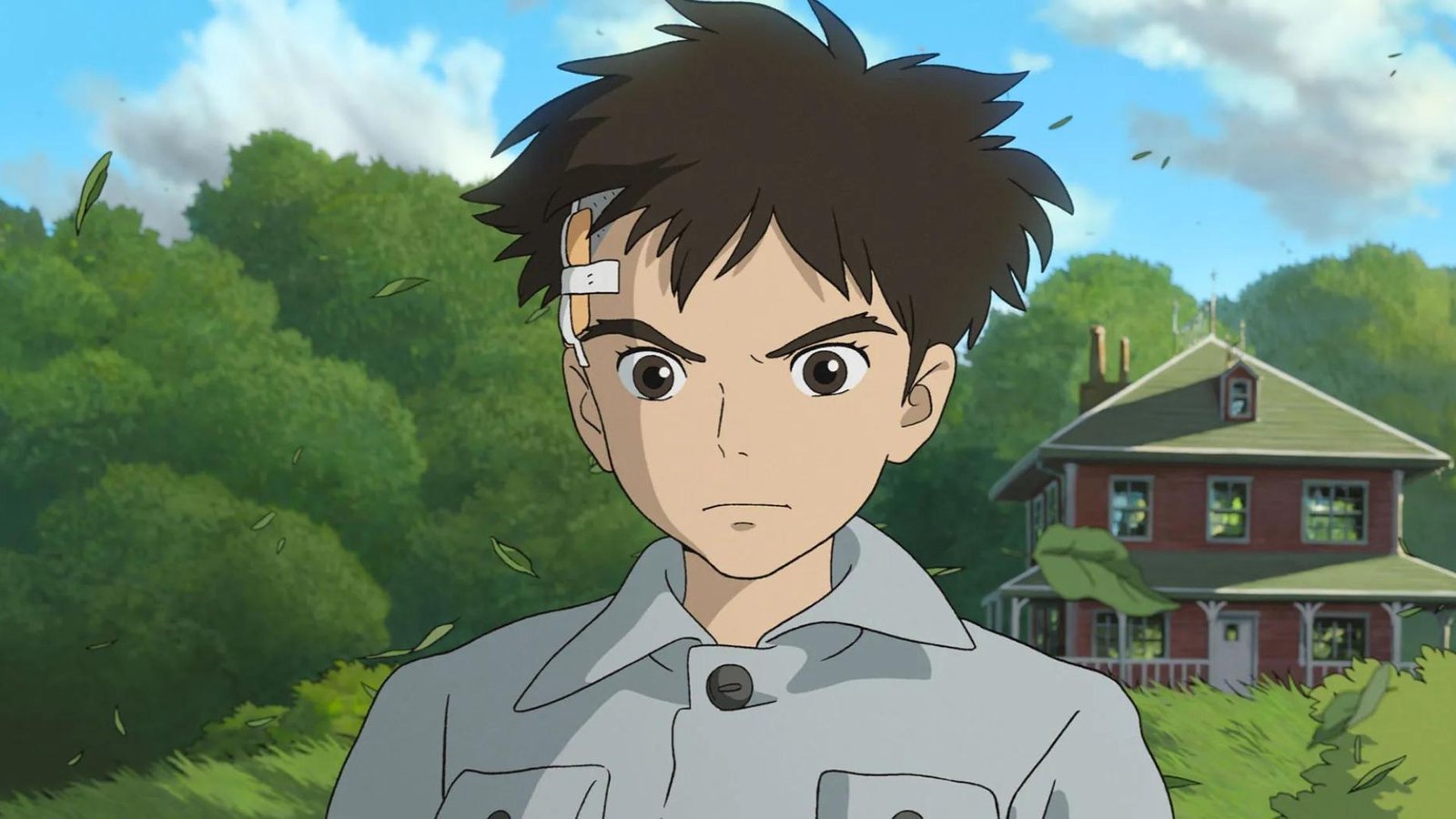
Championing Environmentalism
Miyazaki’s films frequently highlight themes of environmentalism and the relationship between humans and nature. His portrayal of nature as a living entity that should be respected and protected reflects deep ecological concerns and promotes environmental awareness.
- Example: Princess Mononoke (1997) – This film explores the conflict between industrialization and nature, presenting a nuanced view of environmental issues and the consequences of human encroachment on natural habitats.
Celebrating Japanese Culture and Folklore
Miyazaki’s films are rich in Japanese cultural references, folklore, and traditions. His stories often draw upon Shinto beliefs, traditional myths, and historical elements, providing a window into Japanese culture for both domestic and international audiences.
- Example: Spirited Away (2001) – This film is infused with Shinto mythology and Japanese cultural practices, presenting a fantastical world where traditional spirits and deities play central roles.
Promoting Strong Female Protagonists
One of Miyazaki’s notable contributions to cinema is his portrayal of strong, independent female characters. His films often feature young women who are resourceful, courageous, and self-reliant, challenging traditional gender roles.
- Example: Kiki’s Delivery Service (1989) – The film centers on a young witch navigating adulthood and independence, showcasing a positive and empowering portrayal of female agency and growth.
Exploring Complex Moral Themes
Miyazaki’s films are known for their exploration of complex moral and ethical themes. His stories often present characters with ambiguous motives and moral dilemmas, encouraging viewers to reflect on issues of right and wrong.
- Example: Howl’s Moving Castle (2004) – The film deals with themes of war, personal transformation, and the nature of evil, presenting characters who grapple with their own moral choices and redemption.
Fostering Empathy and Understanding
Miyazaki’s films often emphasize themes of empathy, understanding, and the importance of human connections. His stories encourage viewers to see the world from different perspectives and to appreciate the value of compassion.
- Example: My Neighbor Totoro (1988) – This film portrays the innocence of childhood and the bond between siblings, highlighting the importance of family, kindness, and emotional support.
Innovating Animation Techniques
Miyazaki’s work has significantly influenced the field of animation, known for its meticulous attention to detail and beautiful hand-drawn artistry. His innovative techniques and dedication to quality have set new standards in animation.
- Example: The Wind Rises (2013) – The film’s intricate and realistic animation of aircraft and historical settings showcases Miyazaki’s commitment to blending artistic beauty with technical precision.
Impacting Global Cinema
Miyazaki’s films have had a profound impact on global cinema, introducing international audiences to Japanese animation and storytelling. His work has inspired filmmakers and animators worldwide, contributing to the global appreciation of anime.
- Example: The Tale of the Princess Kaguya (2013) – Although directed by Isao Takahata, the film shares Studio Ghibli’s influence under Miyazaki’s legacy, with its unique animation style and storytelling reflecting the studio’s impact on global cinema.
Encouraging Creativity and Imagination
Miyazaki’s imaginative worlds and fantastical stories have encouraged creativity and inspired countless individuals. His ability to create engaging, otherworldly settings invites viewers to explore their own creativity and imagination.
- Example: Ponyo (2008) – The film’s whimsical underwater world and charming characters stimulate the imagination and creativity of viewers of all ages.
Promoting International Cultural Exchange
Through the global success of his films, Miyazaki has played a key role in promoting cultural exchange. His work introduces audiences to Japanese culture while also resonating with universal themes, fostering cross-cultural understanding.
- Example: Porco Rosso (1992) – The film, set in a fictionalized 1930s Italy, blends European and Japanese cultural elements, demonstrating Miyazaki’s ability to weave diverse cultural influences into his storytelling.
Conclusion
Hayao Miyazaki’s films hold significant cultural value, reflecting deep themes of environmentalism, cultural heritage, and personal growth. His innovative animation techniques and compelling storytelling continue to influence both Japanese and global cinema, fostering empathy, creativity, and cross-cultural understanding.







